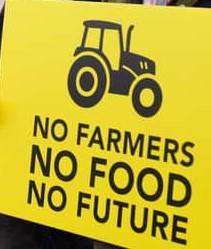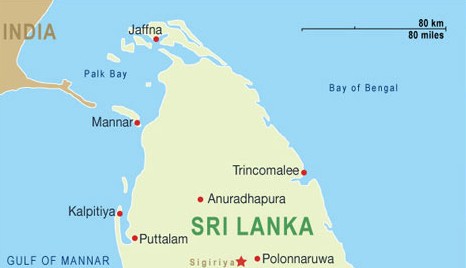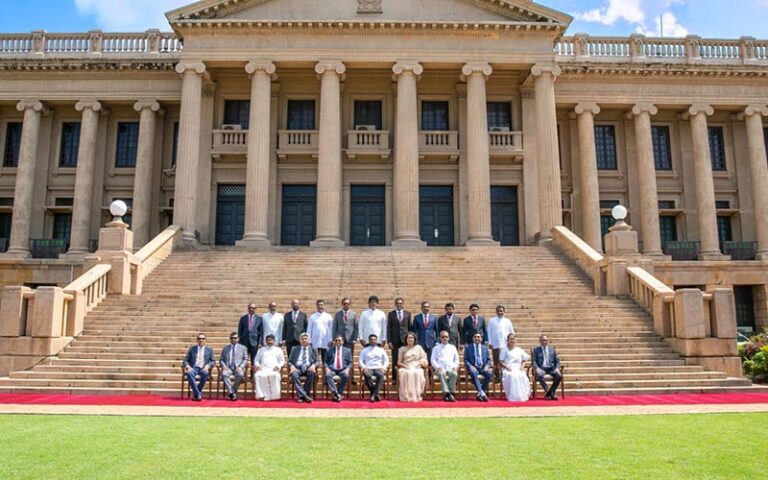 The government’s centralised ‘Divi Neguma’ poverty alleviation programme, controlled by the Economic Development Ministry, runs the risk of incurring heavy administrative expenses in the absence of a process for monitoring and evaluation, which could have otherwise benefitted the poor.
The government’s centralised ‘Divi Neguma’ poverty alleviation programme, controlled by the Economic Development Ministry, runs the risk of incurring heavy administrative expenses in the absence of a process for monitoring and evaluation, which could have otherwise benefitted the poor.
“The implementation structure is hierarchical with considerable duplication and overlap of functions, which is likely to be administratively expensive and take a large chunk of the programme budget which would otherwise be of benefit to poor people.
“There does not seem to be a process for monitoring and evaluation of the programme as a whole, so there is no mechanism to flag operational issues, or the effectiveness of the programme as a whole. This is likely to affect the overall impact and success of the programme as a poverty alleviation strategy,” the Centre for Poverty Analysis (CPA) said in an article published in the recent newsletter of the Law and Society Trust ‘Economic, Social Cultural Rights’.
Divi Neguma (‘Uplifting Lives’) became law on 8 January 2013. The model of poverty reduction proposed, aims to mobilize people into a ‘national development process’; by supporting individual, family and group livelihood activities through micro-finance.
“However, many issues and questions remain. Who are the intended beneficiaries of the new programme? Although the bill talks about mobilising people, it is not clear who is going to be mobilized,” the CPA said.
“Since the objective is poverty reduction, we can assume it will be the poor. But who are the intended beneficiaries, even among poor people? Is it only the ‘chronic poor’? Or does it include the ‘transient poor’ – that hover just above the poverty line, and are vulnerable to poverty when exposed to external shocks such as natural disasters or loss of household income?
One criticism of the previous Samurdhi (‘Prosperity’) poverty-alleviation scheme – now absorbed into the new programme – is that it was poorly “targeted”; that is, that many of the poor did not benefit from it, while others who were less in need, did. It is important that Divi Neguma deals with this issue by setting out clear and transparent targeting criteria.
How is the programme going to benefit the poor? It has a strong focus on raising incomes; but this alone is not enough. Poverty reduction strategies should improve overall wellbeing, by including better health and nutrition and improved living standards. Increased income alone does not always result in wellbeing.
There are regional disparities in poverty and wellbeing levels; and it is likely that these disparities will create further inequalities amongst regions. For instance, it is likely that the Sabaragamuwa province will require more support to move people out of poverty, in comparison to the Western province. So the program needs to be flexible when taking into account these regional disparities.
If unaddressed, existing regional disparities can result in increasing inequality between people and regions through the operation of the programme. This is the case particularly in a post-war context where there are more female-headed households, orphans and disabled people, and also with the ageing of the population in Sri Lanka.
Micro-finance is central to Divi Neguma. However, this form of credit is limited in that it only supports livelihoods for those who are economically active. Consequently children, the elderly, and persons with disabilities might not have access to loans.
Is the highly centralised implementation structure suitable for poverty reduction? The rationale for the centralisation is that it will provide better coordination and more effective service delivery. The structure consists of the Divi Neguma Department at the top with the National Council, National Federation, Regional Organisations, District Committees, and at the bottom of the structure, the community based organizations (CBOs).
Each level will monitor and supervise the level below it. CBO members can bring proposals about planning and coordination of the Programme to the Federation who will ‘consider’ the proposals. But it is the Minister for Economic Development, with the ‘advice’ of the National Council, who will formulate policies. So policies will be made at the ministerial level and implemented by the tiered structure with the Department at the top, assisted by the regional organisations, district committees and the CBOs,” CPA said.
Source: The Island (Sri Lanka)




